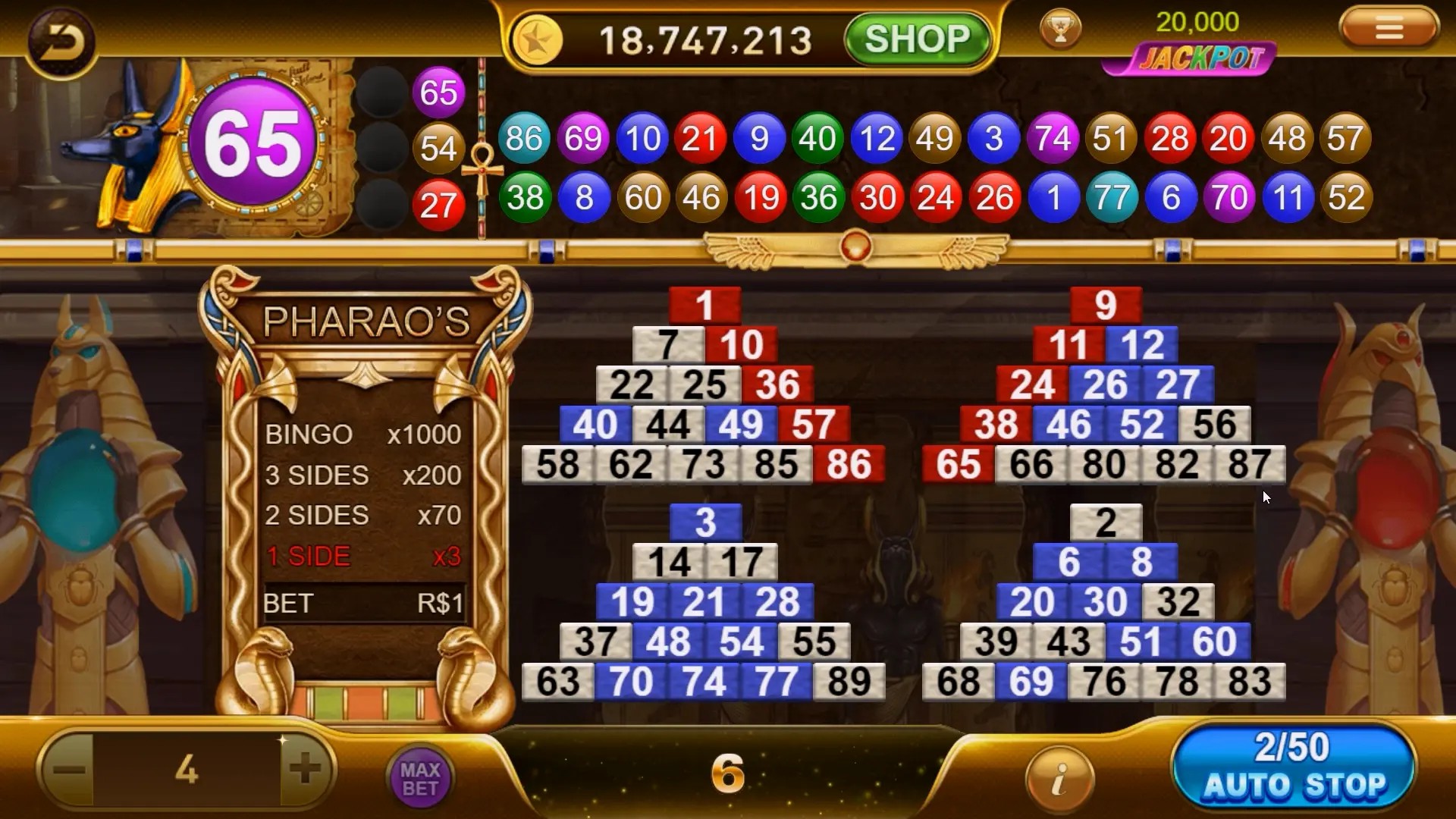Why RPG Games Are Revolutionizing the World of Building Games
In the vast expanse of the gaming universe, RPG games emerge not only as a genre but as an intricate tapestry, weaving stories and worlds that captivate millions. But what if I told you that this genre is also reshaping the realm of building games? The marriage of RPG elements with construction mechanics opens a portal to innovation and audacity like never before. Let’s embark on a journey to explore why RPG games are not just influencing but transforming the world of building games.
The Essence of RPG Games
Role-Playing Games, commonly known as RPGs, transcend ordinary gameplay. They immerse players in rich narratives, allowing them to step into the shoes of complex characters. Think of your favorite RPGs: from World of Warcraft to The Witcher, these games effortlessly blend character development with an engaging world. But as we peel back the layers, we discover their vital role in building games.
Building a Narrative: The RPG Effect
What sets RPGs apart? It’s their unique ability to craft stories. In the context of building games, incorporating a narrative can add depth to otherwise static constructions. Imagine SimCity evolving to include character arcs, missions, and quests. Every building you place tells a story. A barn could represent escapades of weary travelers, or a castle might stand as a testament to a kingdom's glory.
Mechanics that Unite: Blending Strategies
At its core, building games are about resource management and strategy. RPG mechanics enhance these systems, introducing quests timed with resource allocation, creating an engaging tug-of-war between building and story progression. This fusion pushes players to think creatively. For instance, in a game like Clash of Clans, players may strategize their defenses while unlocking character-driven quests that challenge their building layouts. Maximizing efficiency while thoroughly crafting narratives becomes the ultimate game.
A Table of RPG Game Influences on Building Games
| RPG Element | Influence on Building Games |
|---|---|
| Character Development | Empowers players to connect emotionally with their buildings. |
| Quests | Encourages progressive building and strategic planning. |
| Resource Management | Aligns perfectly with building game mechanics for added complexity. |
The Allure of Customization
Customization is a sacred principle in both RPGs and building games. RPG games often allow deep personal crafting of characters and items. This spirit of personalization finds its way into building games, with players not just constructing but tailoring their cities to reflect unique aspects of their dreams and ambitions. Players become architects, storytellers, and dream weavers, blurring the lines between the virtual and the tangible.
Community Creation and Collaboration
Another pivotal arena lies in community engagement. RPGs thrive on player interaction, and this collaborative ethos spills into building games. Titles like Fortnite have set the stage for players to create not just their spaces but entire worlds, inviting others to explore their masterpieces. The concept of shared creativity fosters a culture of innovation that even traditional building games can learn from.
The Impact of Visuals and Design
Let’s not forget the breathtaking visuals. RPGs often invest considerably in creating immersive environments that are alive with detail. This attention breeds inspiration in building games, pushing developers to enhance graphical fidelity. A well-designed building game can evoke emotions parallel to those felt during a quest in an RPG, merging artistry with gameplay flawlessly.
Progression Systems: Leveling Up Beyond Characters
One of the quintessential features of RPG games is progression. This element invites players to invest time in growing their characters. Translating this into building games means introducing leveling systems for your cities or constructions. As players build and develop their world, achievements can unlock new gameplay elements, enriching the experience and keeping players engaged.
The Power of Story Arcs in Building Dynamics
In an era where storytelling reigns supreme, integrating story arcs into construction becomes essential. Players building something akin to a thriving village could undergo quests that reveal the village's history. As players engage in these story arcs while expanding their buildings, the boundaries of traditional gameplay fade and a rich narrative unfolds.
Examples of Building RPGs Today
- Stardew Valley - A blend of farming, building, and RPG storytelling.
- Terraria - Where adventure and building coexist in a vibrant world.
- Dragon Quest Builders - A charming experience combining magic and construction.
Exploring the Best Clash of Clans Base Layouts
With the current surge in the intersection of RPG and building games, titles like Clash of Clans lead the charge. Players devise intricate base layouts while leveling up characters. Discovering the best Clash of Clans base layouts influences not just victory but how personalized each player's strategy can become.
The Role of Player Feedback
In this revolutionary crossover, player feedback matters immensely. Developers must listen to their audiences, ensuring both RPG elements and building mechanics harmonize. This direct line can sculpt the future, leading to an evolution driven by player desires and ideas.
Conclusion: Forging a New Frontier
As we stand at the cusp of a new gaming era, the fusion of RPG and building games illustrates the path forward. By combining storytelling with strategy, developers create immersive experiences that captivate players and foster community. Why just build when you can narrate? Why merely play when you can create? The world of building games is expanding, and it’s ripe with possibilities, illuminated by the enchanting glow of RPG influences. Here lies an invitation to the builders and dreamers: enter a space where every structure tells a story, and every gameplay moment becomes a part of your infinite narrative.



